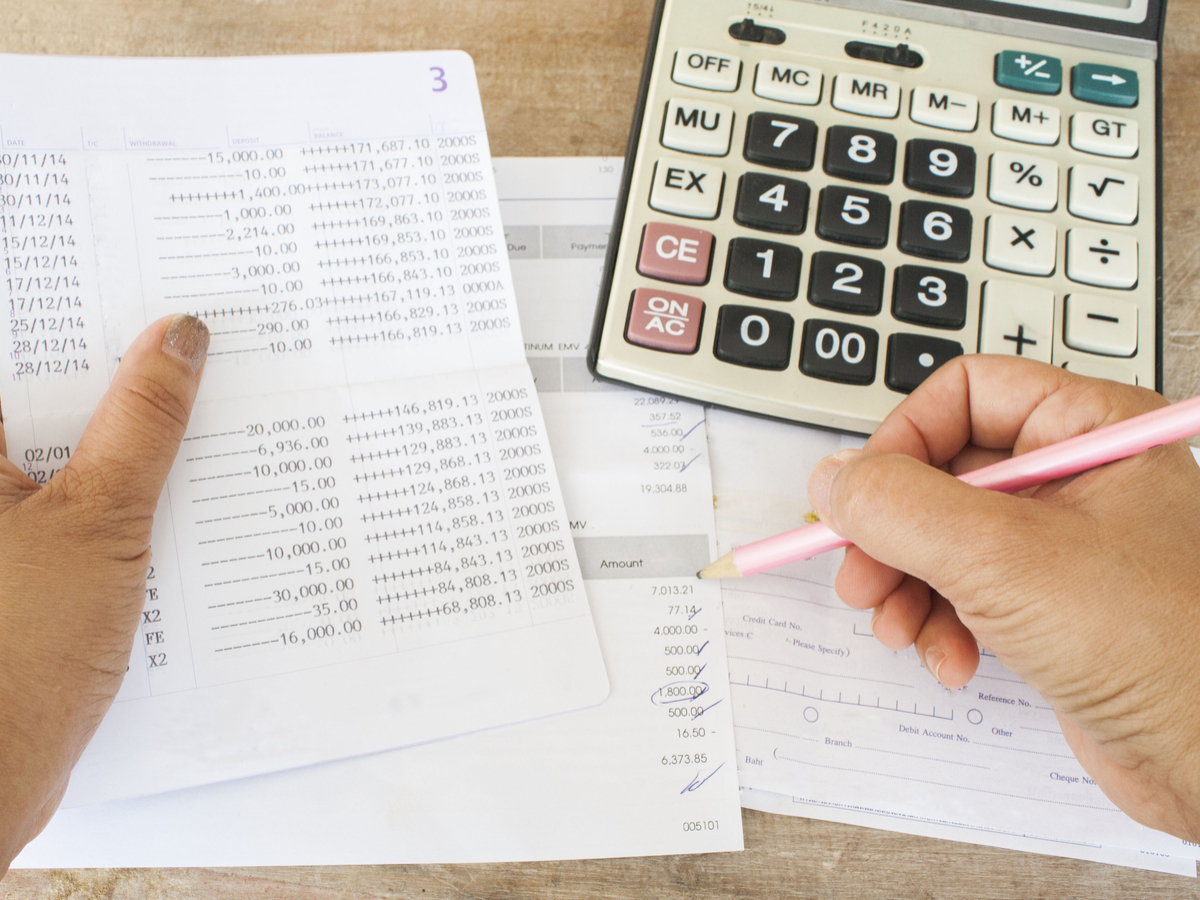Home
>
Excel Sheet or Money Manager App
Money management is not a very simple task. In fact, many falter when it comes to the effective handling of their hard earned money. Individuals have been using Excel sheets for tracking purposes. Monthly budget sheets and monthly expense sheets are prepared for accurate tracking of personal finances. A lot of credit goes to the prevalent money manager apps and Excel-based solutions which have simplified and eased the process of personal finance management.

It is very important to monitor periodically the inflow and outflow of finances as well as the category under which the amount is being expended. There are a variety of ways in which tracking can be done.
This is the most traditional way of tracking. Details of inflows and outflows are jotted down on papers to keep a tab. However, the challenge is immediately evident. As the complexity of tracking goes up, the efficacy of written records come down significantly. It is also tedious and time-consuming.
There are various templates available online for tracking finance on spreadsheets. One may also design their own templates for tracking best suited to their requirement. Monthly expense sheets are drawn to have a complete view of head wise expenses. Excel sheets may also be drawn in formats which can help track inflow of funds on one side and outflows on the other. Contingency reserves, premium payments and investments may also be included to have a complete control on finances. It allows for a more robust overview and management of finance with inbuilt formulas. But the drawback is manual entry and no linkage with bank accounts etc. to automatically fill entries.
Nowadays, with the immense popularity of other alternatives like personal finance apps, Excel-based usage for personal finance tracking has come down. There are two key reasons for it;
1 – Excel is built for general usage and hence finance related actions (showing overdue bills, alerting in case an expense goes beyond a limit) are not possible.
2 – Unlike a personal finance manager app, Excel offers limited yields from Monthly budget sheets and monthly expense sheets. This is because there is no expert touch to the solution and hence it lags behind when compared with money manager apps.
Money manager applications enable complete tracking of one’s money inflows and outflows. These are applications an individual may download and use for precise tracking of personal finances. You can easily group similar expenses for better manageability. With such money manager apps, you can track your spending using your smartphone. They help you with crucial life skills such as tracking your expenses, planning your investments, managing your tax burden, and building a monthly household budget.
While you may have a fair idea of bigger expenses like rent and EMIs, it is prudent to know about smaller recurring expenses which you may have to include in your budget. A Money manager app lets you clear the cutter and uncover such recurring expenses which unknown to you may be eating into your monthly budget
New age money management mobile apps also help you set limits and get email or SMS notifications for overdue bill payments. It includes various summaries and a lot of ways of viewing and analysing incomes and expenses.
These apps also have graphical representations through which one can compare expense on the same head in different months and take corrective actions accordingly (in case of overspending). These apps also support the feasibility of reports vide which one can track with a lot of precision. Simply a few clicks on smartphone and this application works perfectly for expense and budget monitoring purposes for your entire household.
Personal finance handling is the basis of a good life. One must maintain discipline and effective sense of timing and must use diligence in effective financial management.
In today’s tech-savvy times, money manager apps have emerged as an excellent mechanism for effectively tracking, planning and controlling personal finances.
Disclaimer
The starting interest rate depends on factors such as credit history, financial obligations, specific lender's criteria and Terms and conditions. Moneyview is a digital lending platform; all loans are evaluated and disbursed by our lending partners, who are registered as Non-Banking Financial Companies or Banks with the Reserve Bank of India.
This article is for informational purposes only and does not constitute financial or legal advice. Always consult with your financial advisor for specific guidance.
Was this information useful?